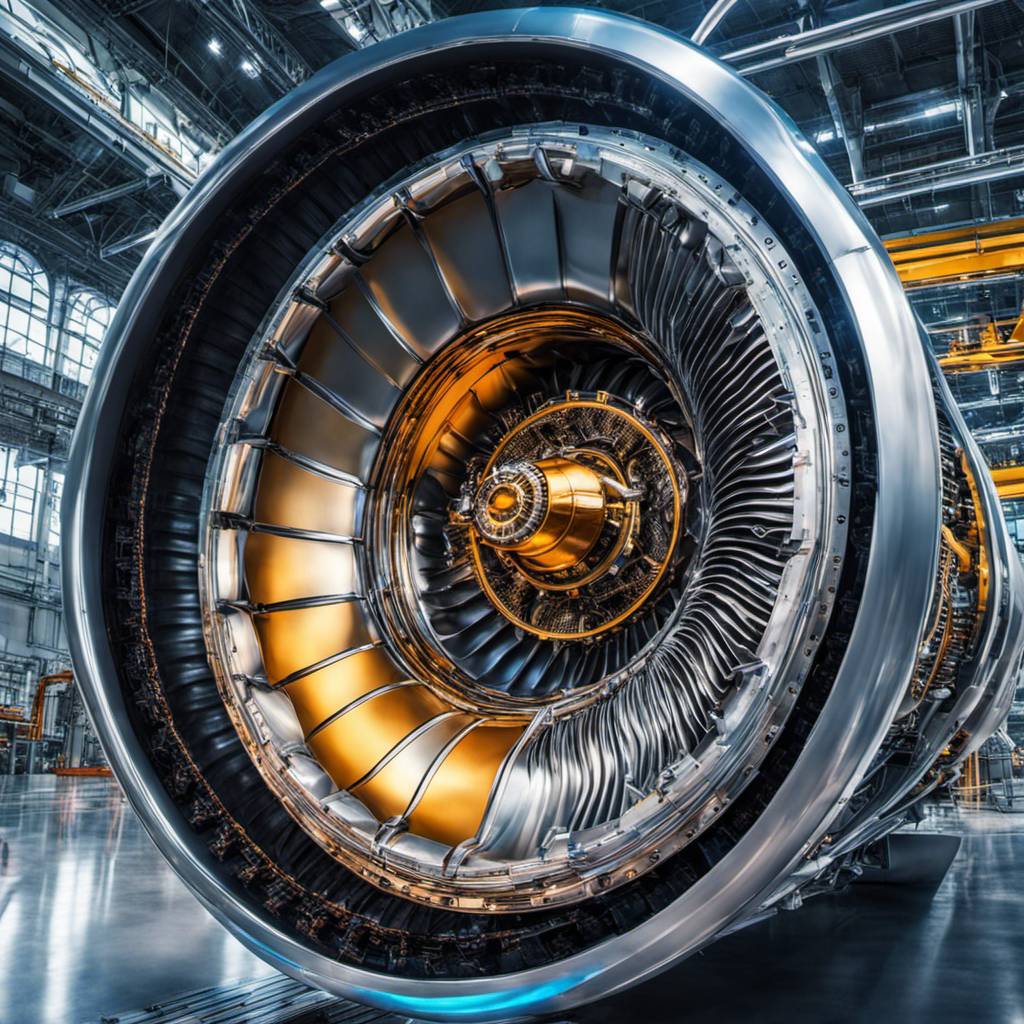In an era where technology and innovation are at the forefront of industry advancements, GE Aerospace is making significant strides in the field of aircraft maintenance. The company’s latest development, the Sensiworm robot, is poised to revolutionize jet engine inspections, making them less invasive and more efficient. This innovative technology is a testament to how electronics, computers, and programming languages are reshaping the aerospace industry.
The Sensiworm (Soft ElectroNics Skin-Innervated Robotic Worm) is a highly intelligent soft robot designed to assist aerospace service operators in inspecting jet engines. The robot’s design allows it to navigate the complex structures within a jet engine, providing a level of access and coverage that traditional inspection tools cannot achieve.
Currently, service operators rely on advanced inspection instruments like video borescopes to inspect jet engines. While these tools provide valuable data, their effectiveness is limited due to factors such as gravity, which can cause the instrument’s tip to settle when not braced against a structure within the engine. The Sensiworm robot, with its self-propelling and compliant design, overcomes these limitations and allows for comprehensive engine inspections without the need for disassembly.
Deepak Trivedi, Principal Robotics Engineer at GE Aerospace Research, explained the potential benefits of the Sensiworm robot. “With mini-robot companions like Sensiworm, service operators would have multiple additional sets of eyes and ears to perform on-wing inspections,” he said. “They could inspect every inch of a jet engine, transmitting live video and real-time data about the condition of parts that operators typically check.”
The development of the Sensiworm robot is a result of collaborative efforts between GE Aerospace, SEMI Flex Tech, Binghamton University, and UES, Inc. SEMI Flex Tech, an industry-led public/private partnership focused on advancing innovative hybrid electronics developments like Sensiworm, provides funding and support for the project. The partnership also includes Binghamton University, home to the world-class Center for Advanced Microelectronics Manufacturing (CAMM), and UES, Inc., an Ohio-based R&D organization known for its work in aerospace and electronics research.
The collaboration between these organizations has accelerated the development of the Sensiworm robot and facilitated its transition from the lab to real-world applications. Trivedi acknowledged the importance of these partnerships, stating, “The programs they support are critically important in helping private industry deploy new technologies from the lab into their business operations.”
The Sensiworm robot is not just a tool for inspection; it also has the potential to execute repairs once it detects a defect. This capability will further reduce downtime and enable faster turnaround times, keeping engines at peak operational availability.
The Sensiworm robot is a testament to the power of coding and programming languages in advancing technology. It is self-contained, equipped with onboard power, compute, and pressure resources, and can easily navigate the various crevasses and curves of jet engine parts to look for cracks and corrosion. The robot can also accurately inspect and measure the thickness of thermal barrier coatings on engine parts, ensuring they are maintaining the proper thickness.
In conclusion, GE Aerospace’s Sensiworm robot represents a significant advancement in the field of jet engine inspections. By leveraging the power of electronics and computer programming, this innovative technology promises to make aircraft maintenance more efficient and less invasive. As we continue to push the boundaries of technological innovation, it is exciting to see how developments like Sensiworm will shape the future of the aerospace industry.
